Speaking with various executives, senior leaders and HR leaders lately, it is clear that these continue to be challenging times for organizations and the people who lead them. The many challenges include: managing return-to-office expectations, managing conflict around vaccine mandates, keeping an eye on retention, embracing Diversity, Equity and Inclusion, and now a fourth wave of the pandemic.
At times, it starts to feel chaotic and overwhelming. Leaders may react to the stress themselves, and at times add to the chaos. At other times they may hunker down, becoming rigid and dogmatic. Neither of which is ideal.
Finding Flow Between Chaos and Rigidity
Daniel Siegel, M.D., a clinical professor of psychiatry at the UCLA School of Medicine, has a great model for finding flow in our lives. In his model, a healthy mind is one that has balance and integration between the two extremes of chaos and rigidity.
He suggests that we imagine we are floating down a river in a canoe. One riverbank is filled with white water and rocks. This bank represents overwhelm and chaos. On this side, life feels out of control and our mind becomes fearful, reactive, anxious and unstable.
The other riverbank is stagnant, lacks flow and has little change. This bank represents rigidity and a lack of growth. While life on this side feels safe and predictable, the lack of growth and energy is unfulfilling. Here, we can also become overly fearful of change and want to impose control on everything and everyone around us. We are resistant and unwilling to be flexible or adaptive to anything.
In this analogy, our goal is the middle of the river. When we are in the middle, the water is flowing freely, not too fast, but not stagnant either. There is purposeful movement and yet a sense of ease. Here, life is not so rigid that there isn’t room for new ideas, learning and growth, and yet it isn’t so chaotic, unanchored or unstructured that emotions are high and direction is lost.
The mental/emotional state in the middle of the river is one of calm, focus, curiousity and connection. Decision making is guided by principles and values in a state of openness and acceptance. This is when we are at our best!
Can you feel the difference between the two extremes on the sides of the river and the flow down middle? In my own life, I now regularly see when I’ve moved into chaos and I’m flailing about, or when I’ve retreated and become stuck in rigidity, often becoming angry, dogmatic and seeking control.
Your emotions are your best dashboard – you can easily tell where you are in this model. Our greatest joy, creativity and productivity lies in the flow. Our goal is to do the work that builds a stable, yet flexible and adaptive mind so we can get into flow more often.
Tools to Find More Flow
My hunch is that the Fall will continue to be more difficult for all of us than we would like. That some level of chaos will prevail. In case I’m right, here are three tools to help you stay strong and stay in the flow:
Focus on the Fundamentals. The little things like sleep, eat, move, breathe, relax, and connect are often overlooked and undervalued. When we are stressed and confronted with too much chaos they are often the first thing to go. Push back against your Autopilot patterns that argue “I’ll get to fundamental __X__ tomorrow.” Create the clear boundaries and bright lines you need to stay strong, knowing they make a difference. Cumulatively, all these little marginal gains add up.
Clarity on Habits and Short-term Goals. The crazier things get, the more clarity matters. This is where structure and order are beneficial. We need supportive structure more than ever when things are changing fast. Purpose and vision don’t change often and they can ground us in the long game. Shorter-term structures like positive daily habits and setting daily or weekly goals focus us on what needs to get done – today!
Emotional Dashboard. Use your emotional dashboard as a cue to where you are at. When you feel yourself moving into anger, frustration or wanting to control things, pause and notice that you have moved into rigidity. Use this as a signal to embrace openness, flexibility, learning and growth. Be open to not knowing and stay curious about possibilities you may not have considered. Similarly, when you feel you are in overwhelm, use this as a cue to get grounded in your fundamentals and short-term goals.
How about you?
Mindfulness skills are at the core of our ability to be aware and direct our mind in positive ways. Awareness is the ‘muscle’ I help individuals build so that they can escape Autopilot and return to a world where they intentionally choose. Your breath is your best friend, and I will help you develop it to bring you back into the present moment and move back into flow.
How are you preparing for the Fall? If you’re already feeling the stress that comes from the end of summer and the unknown factors still present in our everyday lives, then it’s time to prepare. I offer introductory lunch ‘n learns and resiliency training series. These are just some of the tools that I deliver to progressive firms to support their people. Please visit www.mindfulwisdom.ca or reach out to me at scott@mindfulwisdom.ca to learn what might help you and your team be at your best this Fall.
Image Credit: Greg Rosenke, Unsplash

